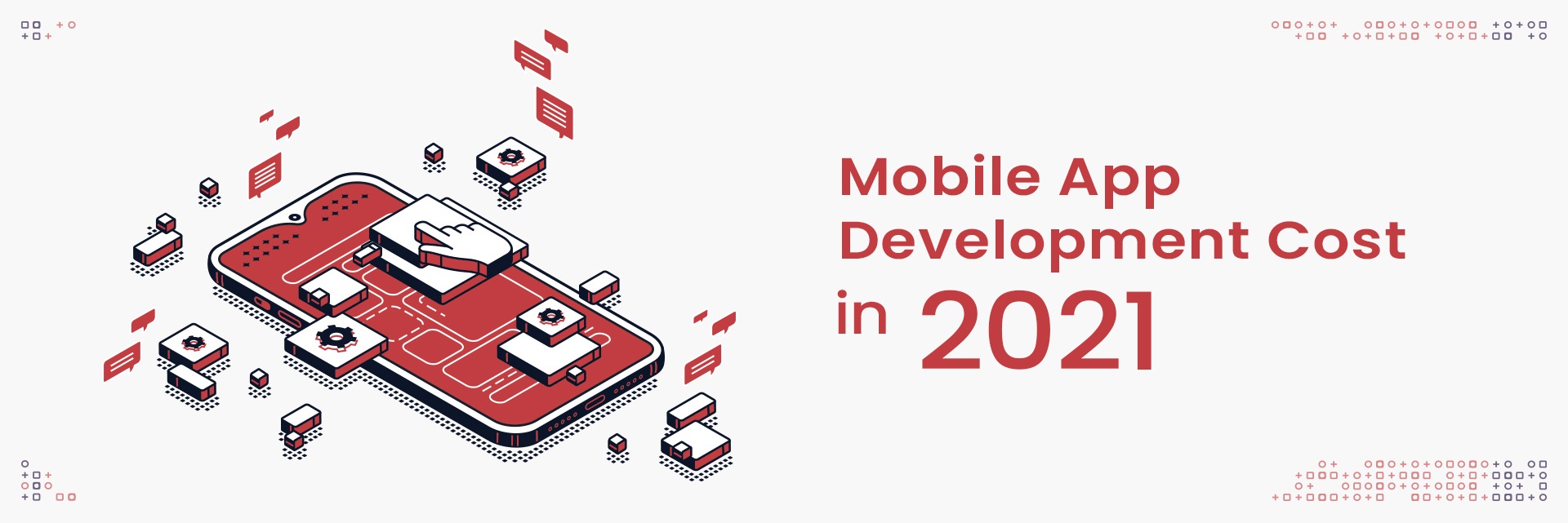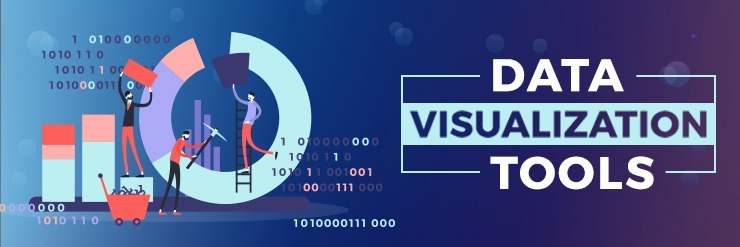According to Clutch, a data-driven resource that examines the IT sector, a single app development costs on average $171,450. For apps with varying degrees of functionality, most online app cost calculators give results from $200,000 to $350,000. Most companies that develop software keep the price range as $100,000 to $500,000. While it may appear that small businesses can’t afford to launch an app, this is not the case. An app with just a few features can be valued anywhere from $10,000 to $50,000. The first investment you make in a particular app can help you determine whether your business would benefit from further investments or not.
What does It Cost To Hire An App Development Team?
The bare minimum team for app development would consist of a project manager, a software engineer, a user interface/experience designer, and a QA engineer. In the case of more complex projects, it can be extended by adding a project manager, 2-4 programmers, one back-end developer, two UI/UX designers, a quality assurance engineer, and a system administrator. Here are the duties of every team member.:
Project Manager
Project managers develop standards for app development and manage production. The project manager is also responsible for developing the project scope while analyzing risks and opportunities. An individual in this position acts as the link between the project team and the client.
Software Engineer
Software engineers write the code for an application, perform bug-fixing, recommend future improvements, and document the development process.
Back-end Developer
They are responsible for the planning and design of the server-side logic and architecture of an application. Back-end developers integrate these components with the user interface elements designed by software engineers.
UI/UX Designer
As a UI/UX designer, you create the layout for a future app and determine how the app will look and interact with users.
QA Engineer
The responsibilities of a QA engineer include taking follows up on every phase of the development process. They regularly test and monitor the performance of an app to ensure it runs smoothly and is stable.
Factors Affecting App Development Price
First and foremost, the thing to realize when thinking about an app launch is that the needed budget is impossible to calculate once for all before the development process starts. Not only is the app quite a dynamic product that has to correlate with user behavior and market needs, but there are also plenty of factors that influence the app cost. Let’s take an in-depth look at the four essential elements that will define the price of a potential application. One useful tool to assist in estimating app costs is an app cost calculator
Software development Team
The importance of collaborating with the right people who share decent professional values and have the necessary technical skills cannot be stressed enough. If you want to create a high-quality product, hiring responsible software engineers should be your top priority. In case you cannot hire in-house developers permanently, outsourcing is your only option. The most popular way to outsource app development is to hire a mobile app development company or hire a freelancer who can take care of your project throughout the entire process, from planning to post-production. Clients must choose an engagement model that defines a contracting basis for collaboration that describes the working process.
App Development Platform
Once you’ve chosen your operating system for mobile app development, you have to decide how your app will be developed. Here, we are referring to cross-platform software and native apps. The following definitions can help you if you aren’t familiar with these terms. Native apps are software applications that are integrated perfectly into the architecture of a single operating system, so if it’s an Android app, it won’t run on an iPhone or iPad, but its performance on an Android device will be flawless. Cross-platform programs are apps developed for multiple platforms, i.e., For more than one operating system, including iOS, Android, and web development, to perform on any browser. It is less costly to use cross-platform applications, but the stability of the work is compromised to some extent. To infer, go for native app development if you can afford it.
Functionality and Type of Apps
Each application has its own unique set of features. The value of your app will depend on what it can do, how users will interact with it, and what users will get out of it. There are several types of mobile software based on the function they perform and various categories based on their complexity.
If your app is simple and merely consists of a simple list-based information system, your app would cost relatively lesser than those with large databases and functionalities. Alternatively, dynamic apps require connecting with various platforms and programs through APIs and retrieve the needed data about users. On the other hand, game development requires more time and money to develop. It wouldn’t be wrong to say that gaming application development is the most expensive type of application development process.
No matter which app type is selected, there exists a simple, moderate, and complex version of your app, regardless of its complexity. These categories differ mainly in the amount of time spent on development by teams. A simple app can be developed within 300 hours with a basic feature set. The development time of a moderately complex application can range from 500 to 800 hrs, including chats and in-app functionalities and support for APIs. Lastly, complicated applications often require more than 800 hours to develop due to their varied functionality, which often includes custom animation service and graphics.
Post-Launch Support and The Price to Develop An App
It’s important to think separately about post-production in mobile app development. Having an app launched does not mean that expenses end. In this context, the birth of a child is the most obvious parallel: like the release of an application, it’s the very beginning. You have to evolve your app along with user needs, changes in operating systems, market trends, and discoveries in the world of technology. Thus, you must keep the app updated regularly so it would not become obsolete in a few months.
It’s important to make sure that you think through the in-app user support if you’re planning to create something more complex than a simple to-do list or calendar. Customer engagement with live chat will improve customer experience and increase customer loyalty, thus reducing a customer’s risk of leaving without a response. To discover how much support is needed, you need to test the app with independent focus groups and document all the new users’ issues with the app’s UI. Although the app may appear perfect to you, a single individual or a small group cannot represent the entirety of the public. It is crucial to learn what others feel and say about the app.
As we speak on testing the app, we must remind you of the headache any development team faces – bug fixing. Without real users being able to interact with the application, it’s almost impossible to detect all bugs, no matter how thoroughly QA engineers test it. It is advisable to release a beta version of your app to eliminate the risks so that the final version performs smoothly.
Conclusion
All of these factors combine to cost you a certain amount for your app development process. The final product that comes in hand is a product of the consistent efforts and strategy of the development team. The more time, features, and functionalities your app requires, the higher it will cost. So, between the recommended price range mentioned in the article, your app would cost according to the complexities and the time required for the development.
Thinking of building your app? Just leave us a message
contact us







